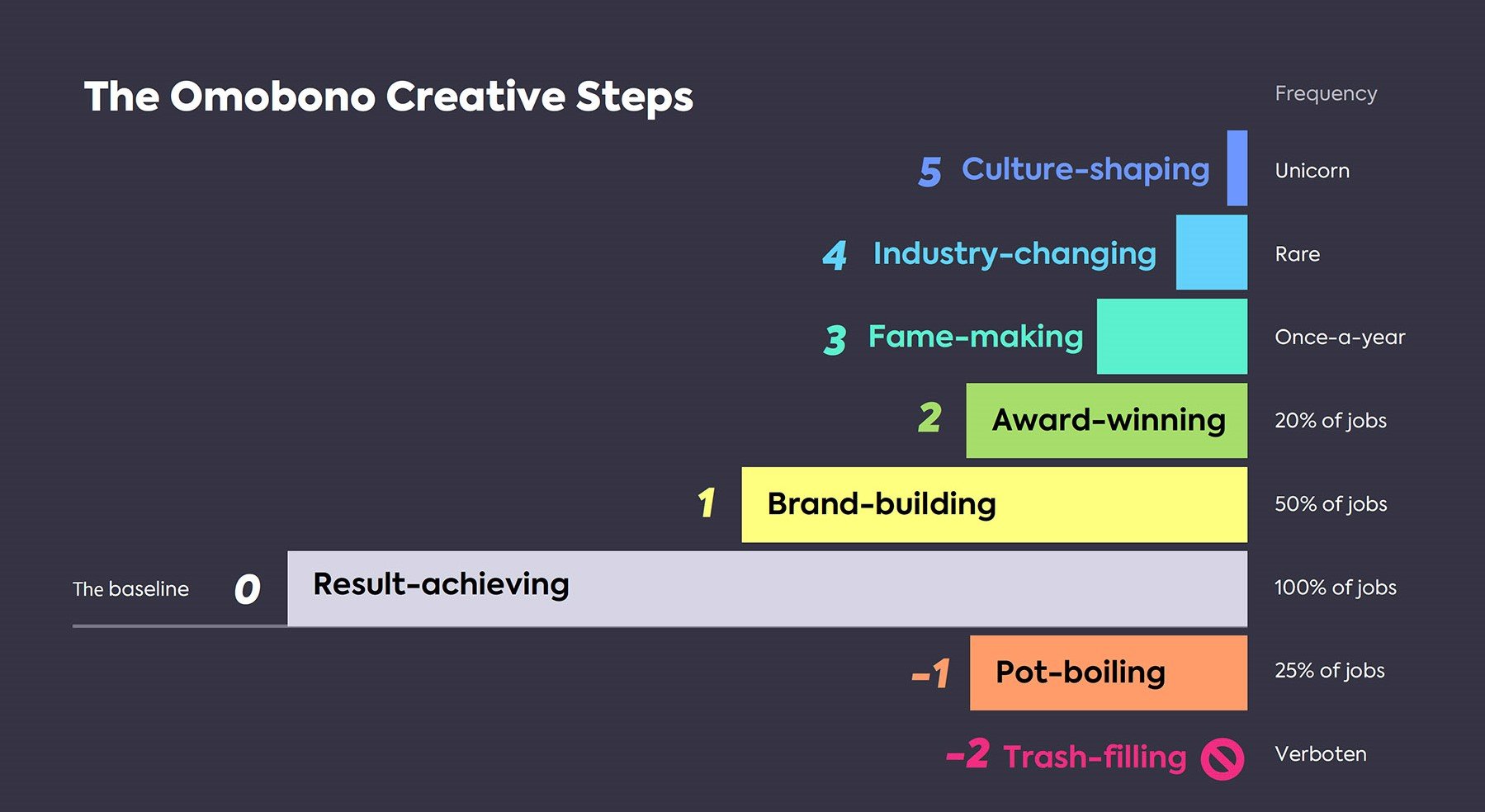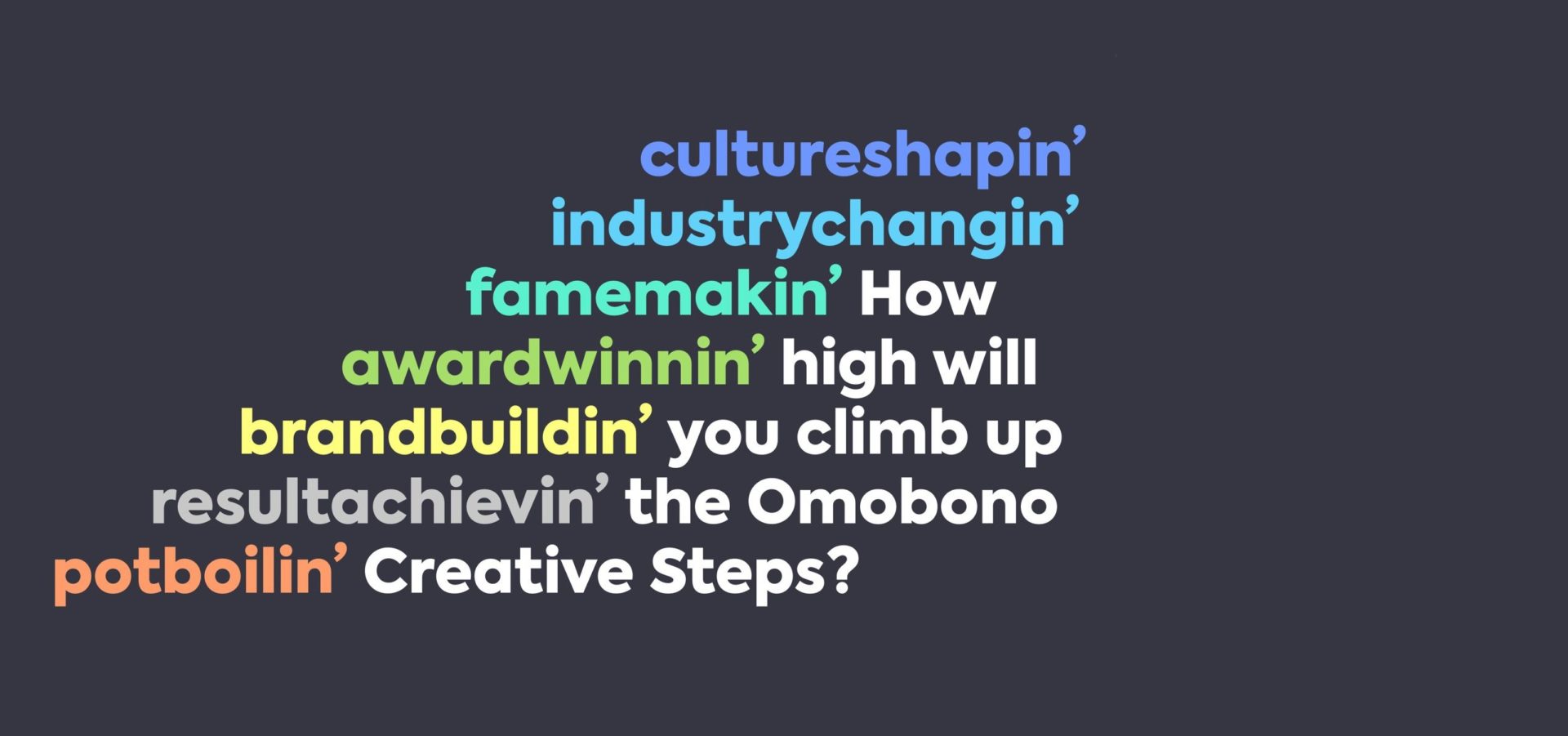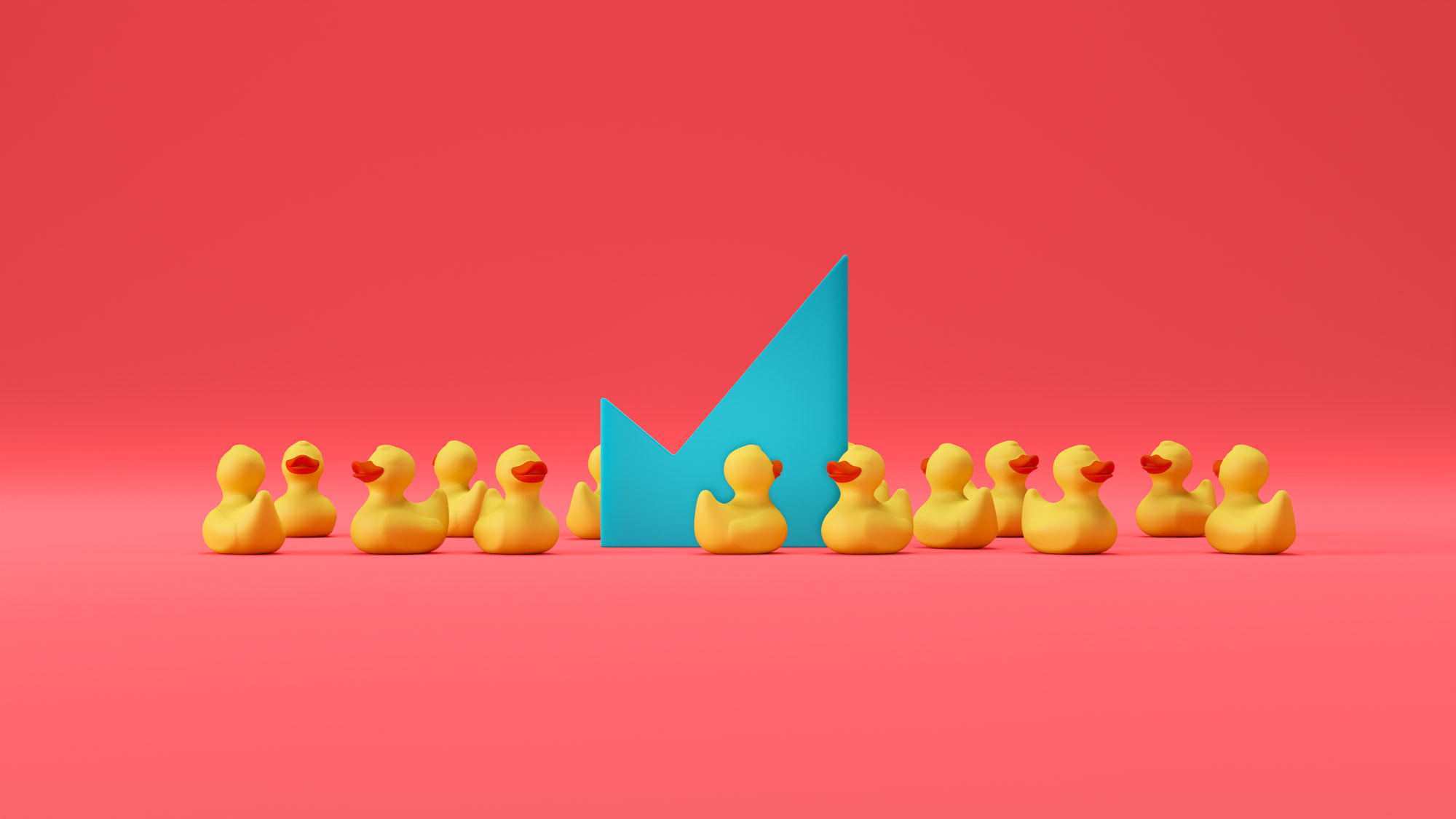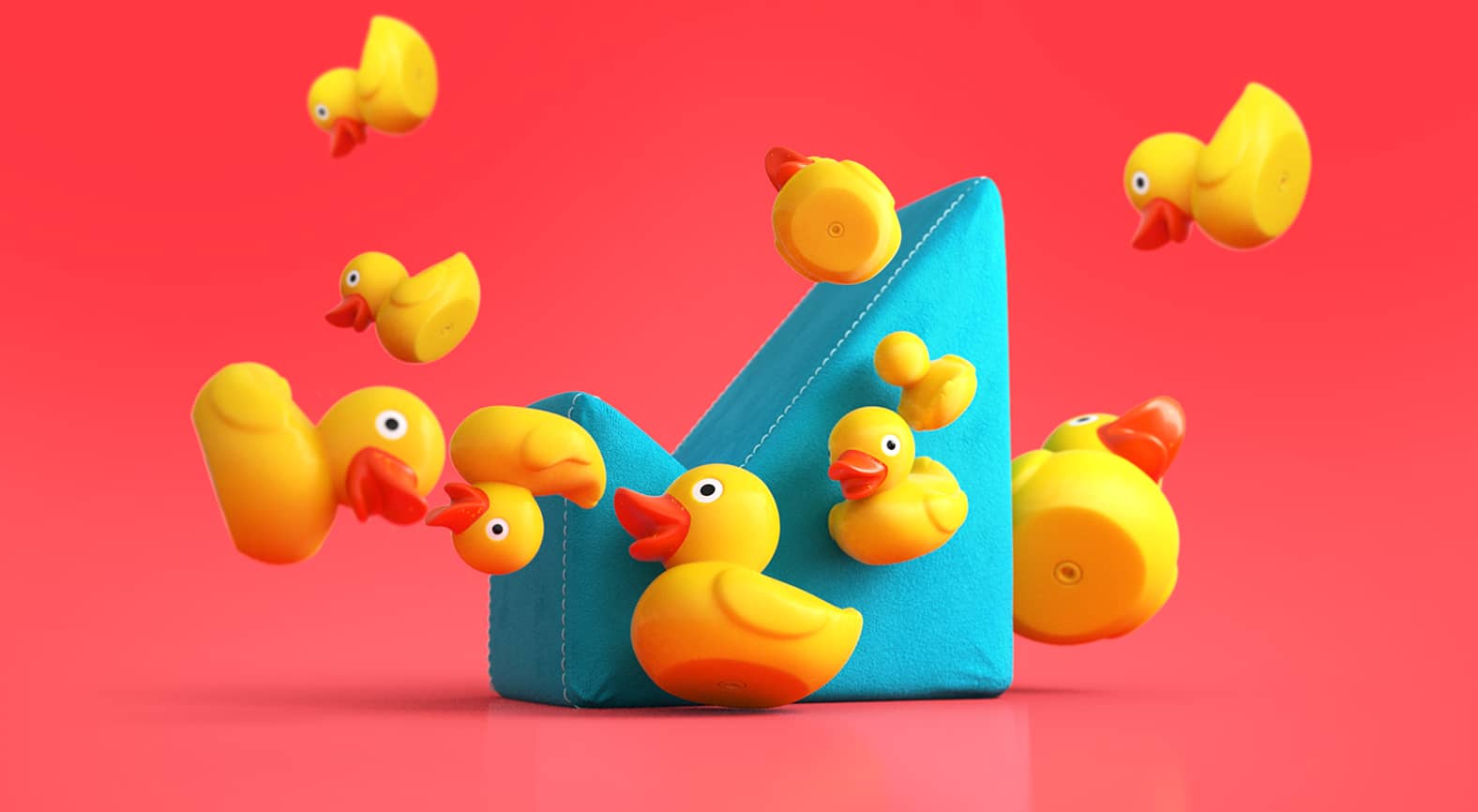We spend a lot of time talking about ideas. What makes a good one. How to have one. What raw material we need to generate one.
It’s perhaps not surprising considering ideas are what we sell, what gets us out of bed in the morning and what we’re constantly striving to improve.
But it’s odd then that there really isn’t a common framework for what constitutes a good idea. What you might consider to be brilliant, I might consider to be rubbish. What you might consider to be ground-breaking, I might be sick of seeing.
What’s needed is a benchmark that allows us to compare apples with apples. One that aligns our clients’ and our creatives’ expectations about what a piece of work is capable of achieving. Something that creates a common language between us all.
So we set about producing one. And after much deliberation, we’ve arrived at the Creative Steps. It categorises ideas into seven steps — five positive and two negative. From work that actively damages the client’s (and our) reputation, to work that gets ingrained in popular culture (such as Marmite’s Love It or Hate It), each step describes what an idea in that category looks like. And it outlines the requirements needed to achieve it. Our combined job as agency and client is to move the expected impact of a piece of work as high up the steps as possible. This makes demands on us both.

Critically, the Creative Steps acknowledges that ideas don’t occur in a vacuum and it’s not solely the responsibility of creatives to pluck them out of thin air. Great ideas are a team game. And that team includes the agency and the client. They demand great process — a clear, insightful brief, a culture of honest and constructive feedback, a shared ambition. They also demand strong clients — ones who will sacrifice conformity for impact, who have all their decision-makers aligned, who value and will fight for good ideas.
There are a several reasons why we’ve developed the Creative Steps. Firstly it allows everyone to have a conversation about ideas — the client, client services team, strategists and creatives. While we often find ourselves discussing the business objectives, market and proposition, we don’t tend to discuss ideas as a topic. ‘Oh that’s the creatives’ job’ seems to be the assumption. This model allows us discuss the value that ideas can bring to the client and what kind of idea might work best for them. It allows us to be realistic about what can be achieved and to seek ways to get what’s needed to drive the idea higher up the steps, whether it’s more input, support or budget.
Rather than a post-mortem on an idea after it’s been produced, the model also gives us a way of holding ourselves accountable as we go through the process. Does the idea live up to the expectation we’ve placed on it? What level is high enough for what it needs to achieve? What’s stopping us from climbing higher?
Like all things, we’ll be testing and learning as we go to sharpen up what this model can deliver and how it can add value. In the meantime, feel free to have a look at the deck below. We’re happy to share. And if you find it useful, let us know how or any changes you’d make.
I look forward to chatting it over with you, and hope it will help us all step up to better ideas.





